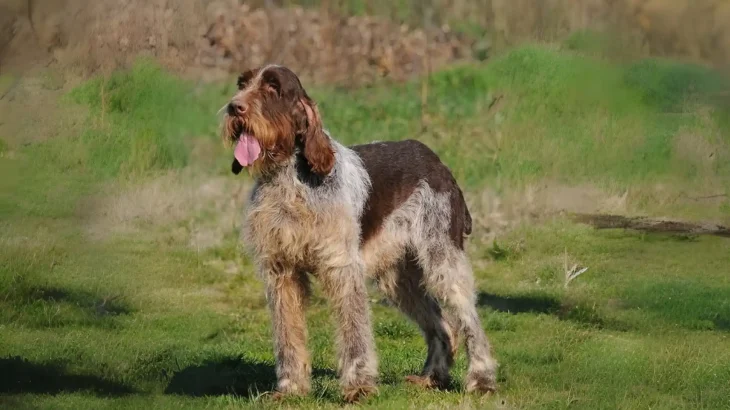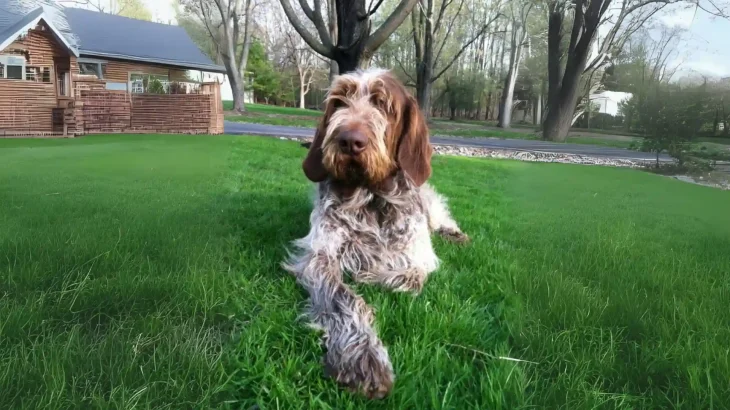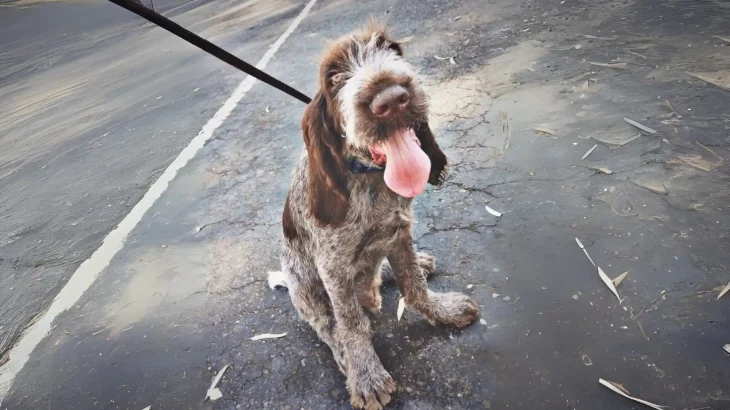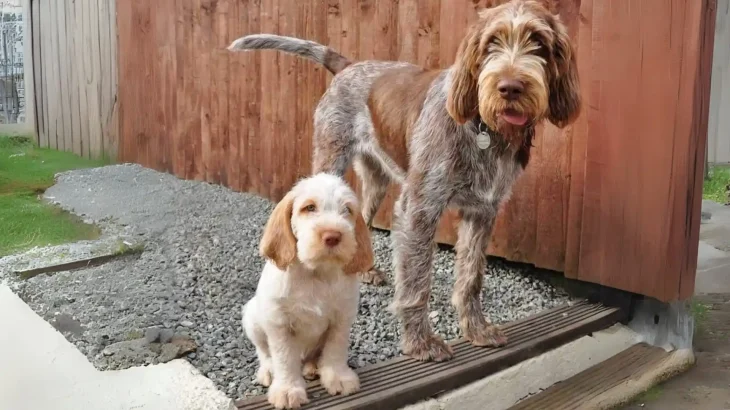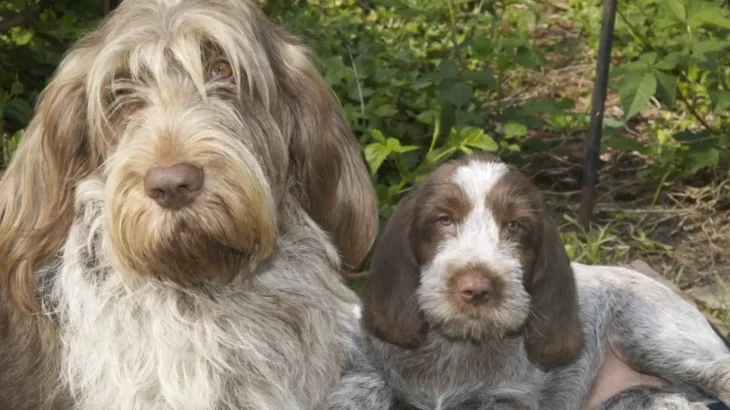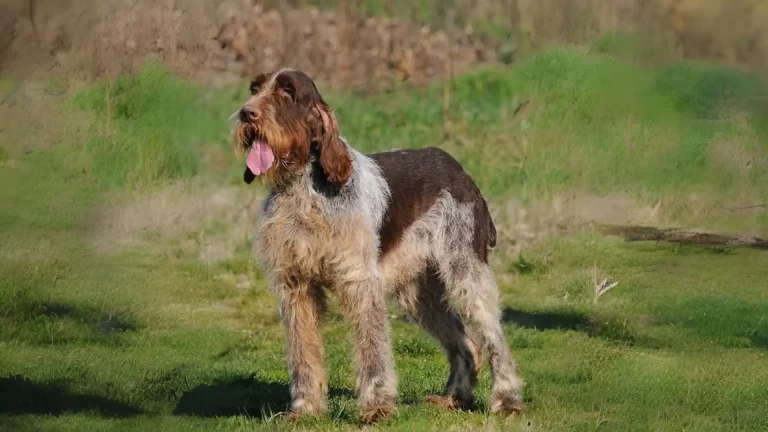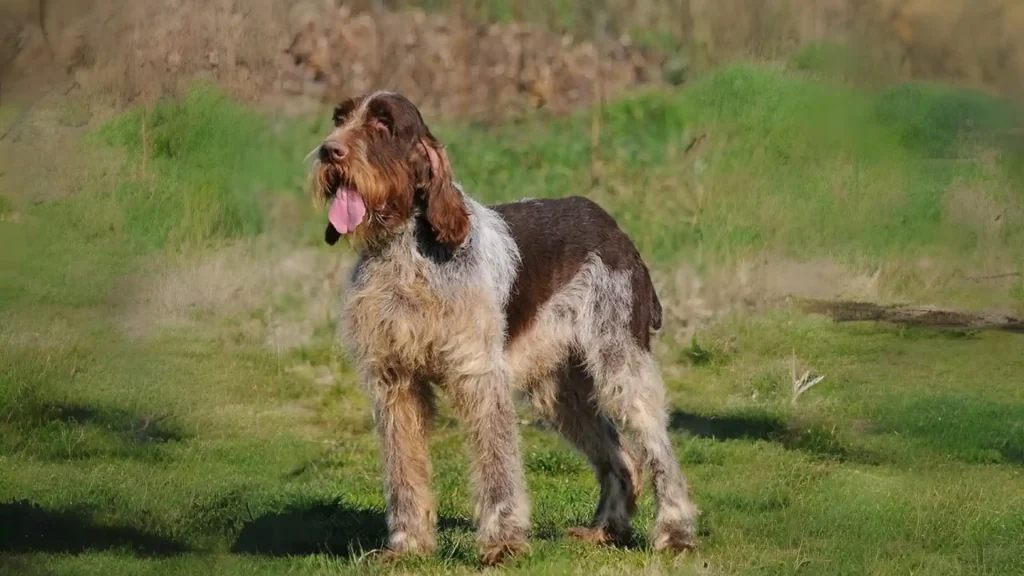Deciding whether to adopt or buy a Spinone Italiano puppy depends on your priorities, such as budgeting, health transparency, and ethical considerations. Purchasing from a reputable breeder often provides detailed health histories and pedigree assurance, while adopting can be more cost-effective and supports animal welfare.
Adoption vs. Breeder: Pros & Cons
| Criteria | Buying from Breeder | Adopting from Shelter/Rescue |
|---|---|---|
| Cost | Higher cost due to purebred status; may include initial health screening. | Lower adoption fees; often includes spay/neuter, vaccinations, and microchipping. |
| Health History | Comprehensive health records and genetic screening usually available. | Health history may be limited or unknown; basic vet checks are done. |
| Age Availability | Mostly puppies, allowing you to raise them from a young age. | Varied ages, including adult dogs, are available. |
| Temperament Insight | Breeders provide lineage temperament info based on known traits. | Staff may share behavioral observations, though full background is often unclear. |
| Supporting Practices | Supports breeding programs; essential to choose ethical breeders to ensure welfare. | Supports animal welfare by rehoming dogs in need, helping reduce shelter populations. |
| Ethical Considerations | Risk of contributing to irresponsible breeding if breeder is not reputable. | Promotes rescue efforts and reduces demand for commercial breeding. |

